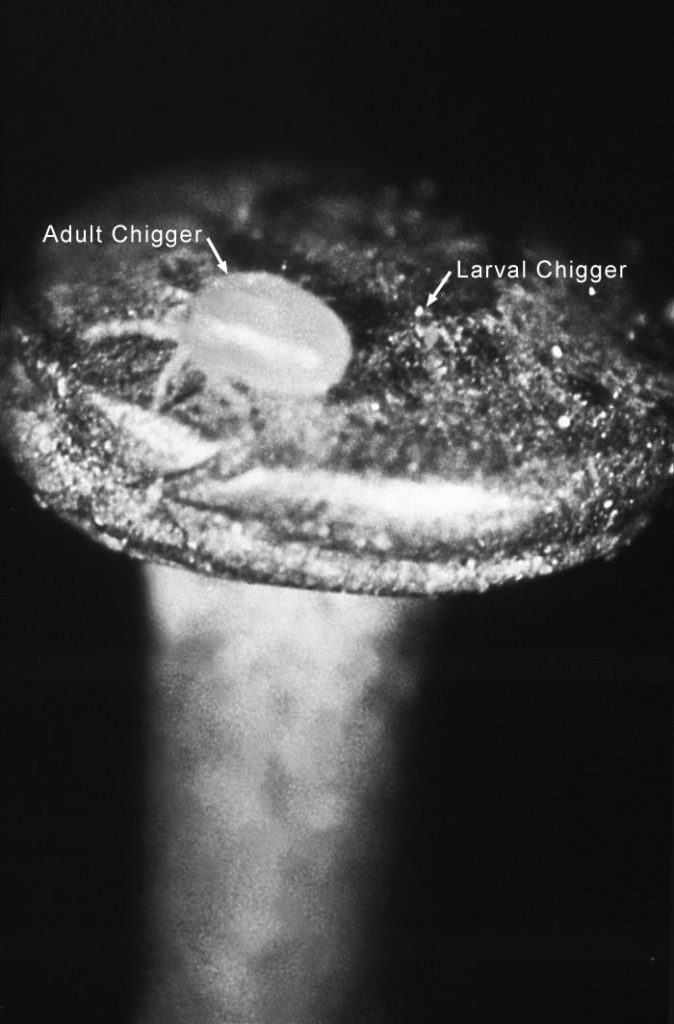In addition to the approximately 3,000 chikungunya cases, the dengue fever and the malaria cases and deaths reported in India’s capital city, health officials have reported nearly three dozen cases of scrub typhus since July.

According to the All India Institute of Medical Sciences (AIIMS), of the 150 people tested for the Rickettsial disease, 33 have tested positive in Delhi.
“As the symptoms of the disease are similar to that of chikungunya, which is circulating in the city this year, doctors do not suspect scrub typhus or any of the other rickettsial diseases (diseases caused by a group of microorganisms called rickettsiae) in fever patients,” said Dr Rama Chaudhary, professor of microbiology at AIIMS.
Scrub typhus, caused by the bacterium Orientia tsutsugamushi, which is transmitted by chiggers encountered in high grass and brush, is endemic in northern Japan, Southeast Asia, the western Pacific Islands, eastern Australia, China, maritime areas and several parts of south-central Russia, India, and Sri Lanka. More than 1 million cases occur annually.
Scrub typhus kills at least 140,000 people a year in the Asia-Pacific.
After being bitten by the chigger, an eschar will form over the bite, and the incubation period usually ranges from 9 to 12 days. Subsequently, symptoms such as fever, headache, sweating and swelling or inflammation of the lymph gland will begin to develop.
After having had fever for about 1 week, a dark red papule will appear in the trunk, spread to extremities, and disappear after several days.
Complications of untreated scrub typhus include swelling of the lungs, brain encephalitis, renal failure or even heart problems.
Related:


Government has to take measures for cleanliness of the capital city, so that there should not be no contamination. By this we can eradicate most of the diseases.